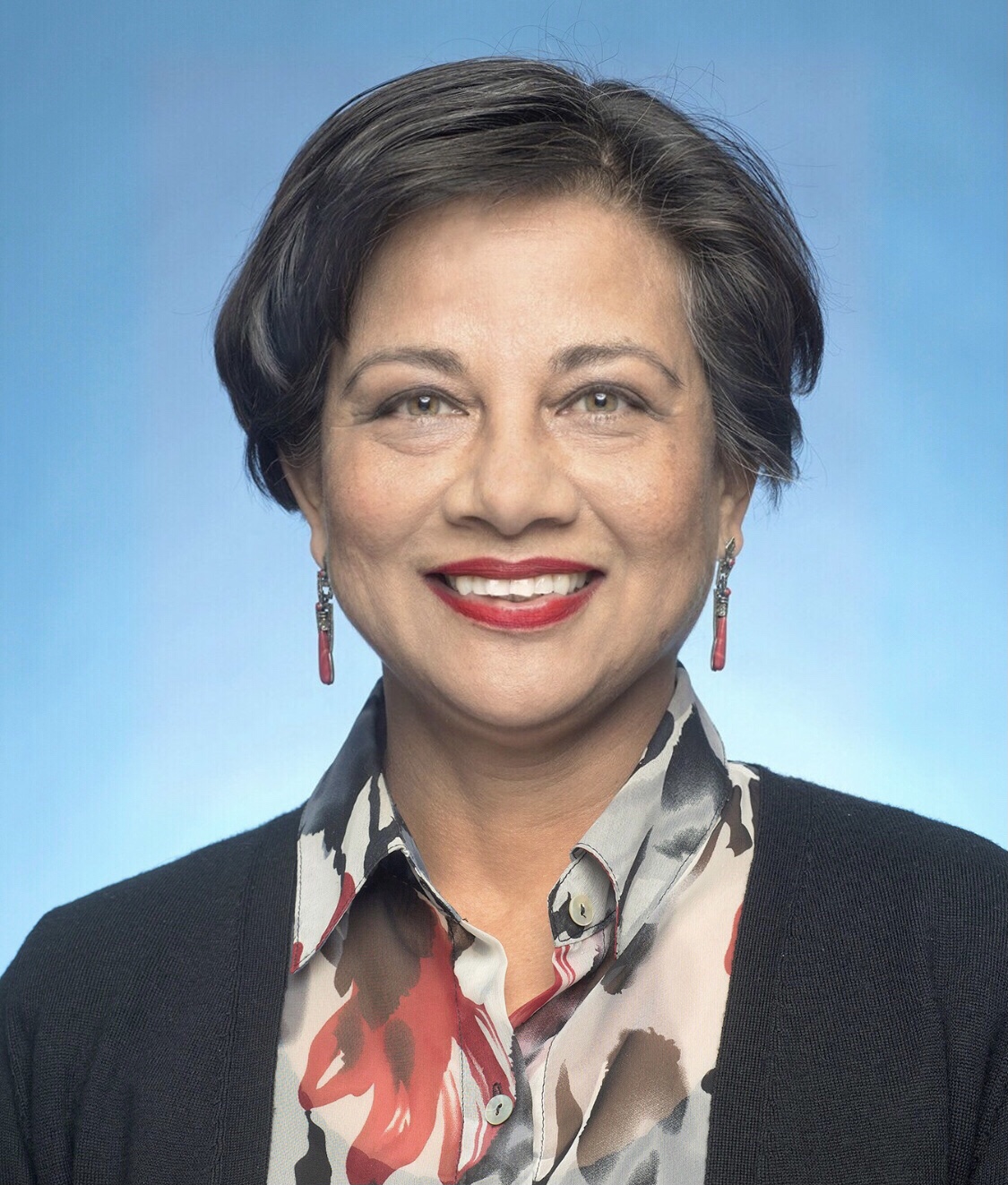
In May this year CIOB Fellow Porie Saikia, head of environment, energy and sustainability at the Metropolitan Transportation Authority of New York (MTA), was awarded the Nelson Aldrich Rockefeller Excelsior Award, which is given once a year to a public architect deemed to have contributed positively to society in New York State.
A US businessman, politician and philanthropist, Nelson A. Rockefeller (1908-79) served as governor of New York State from 1959 to 1973 before becoming the 41st vice president of the US (1974-77).
The award recognises her career-long achievements in promoting design excellence as a public architect, policy maker, advocate and mentor, as well as her current role at the MTA, which operates all public transport systems in the New York City metropolitan area, including rail, subway, buses, bridges and tunnels.
We caught up with her to find out more.
What does receiving the Nelson Aldrich Rockefeller Award mean for you personally?
Rockefeller was very focused on the built environment. He was also an exceptional champion of public architecture. The Nelson Aldrich Rockefeller Excelsior Award recognises licensed architects employed in the public sector in New York State whose work on projects within their jurisdiction has furthered the cause of design excellence in public architecture.
As the Governor of the State of New York, he created the MTA, the organisation I’ve served for a good part of my professional career, previously as its chief architect and currently as head of environment, energy and sustainability.
Nelson Rockefeller exemplified commitment to public service, a role he assumed despite its demands. This award for me is a validation of a professional career dedicated to public architecture.
Give us an idea of the progress MTA has made toward climate sustainability.
MTA is one of the few public transit agencies and certainly the largest to sit at the table on climate dialogue locally, nationally and internationally.
Serving 8 million customers daily with a 24/7 operation and a $52bn capital programme, we are actively developing sustainable strategies and policies in our operations and development. MTA has committed to Paris Agreement’s Science Based Target Initiative (SBTi) and our plans to achieve them were approved by SBTi in November 2019.
We are now implementing our targets towards the global trajectory of a well-below 2˚C.
What achievements are you most proud of so far in your role as Director of Environmental Sustainability and Compliance at the MTA?
First and foremost my role has been to get the MTA as an organisation, along with its five operating agencies including the NYC subways and buses, two commuter railroads, bridges and tunnels and the capital construction and development, to acknowledge the climate issue and engage in the climate dialogue. Nothing constructive can begin without this initial engagement.
That initially was an arduous effort as public transportation authorities in general are very mission-focused, the mission here being “people moving”.
After the first couple of years of working on amassing consensus, cooperation and agreements both internally and externally, I am grateful that sustainability is now not only a feature of MTA policy but is ingrained in its DNA.
Given that transit agencies are by nature sustainable and are not as aggressively legislated to adhere to sustainable goals, this was an important first step. Now that all five agencies are voluntarily applying new transit-based sustainable standards of “Envision” to new construction, and energy efficiency guidelines to all operational and maintenance programmes, it is definitely a testament of our conscious attempt to adapt to adverse climate conditions.
Of specific note, my department’s effort to set air quality goals though the United Nations program and the Federal Transit Administration have postured the MTA to lead the surface transportation industry.
What main lessons have you learned about instilling climate awareness in the thinking and functioning of an organisation like the MTA?
Working at an organisation that employs 55,000 people and serves a tri-state region with many tiers of local government, I’ve learned that you must present the issue of climate change in concrete, pragmatic terms, such its negative effects on our operations, and then offer solutions for how they can be averted or reduced in time.
This must be an informed process of realistic understanding of how the organisation and its agencies can benefit themselves, and the environment, by adjusting policies.
How would you rate the climate awareness levels of built-environment professionals and organisations in the US right now, and what do you see that supports your view?
Design professionals have been tremendously aware of the climate issues for almost two decades if not more, which is well reflected in much of the profession’s education programmes.
Construction professionals are less so as they are on the other end of the development continuum and are very focused on constructability and cost. So, to create cohesiveness and continuation, there needs to be a concerted effort to build consciousness in the latter group.
Government organisations are moved by regulations who are only moved by legislative intent. Here politics becomes central to the debate and as we are aware, there is a lot of conflict associated with this issue in the political arena in the US. However, with the current administration’s initiatives and aggressive push for climate awareness and adaptation technology, I am thrilled to see our industry taking that proverbial leap of faith.
Comments
Comments are closed.





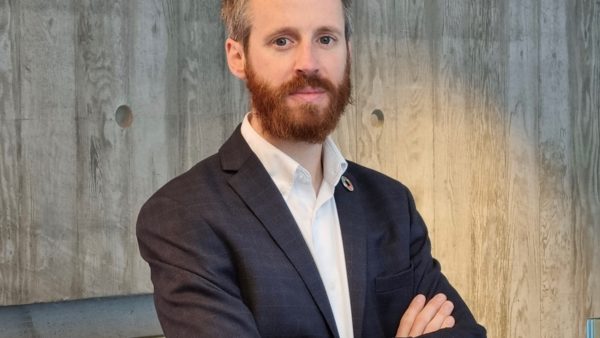

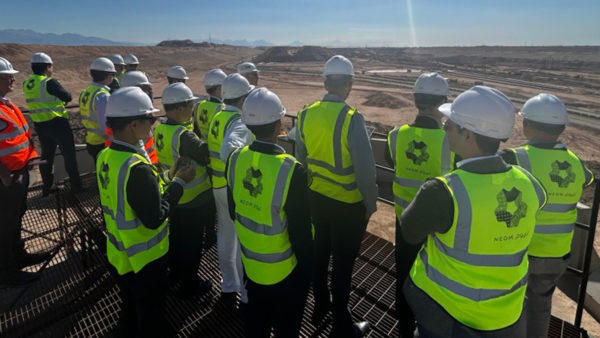
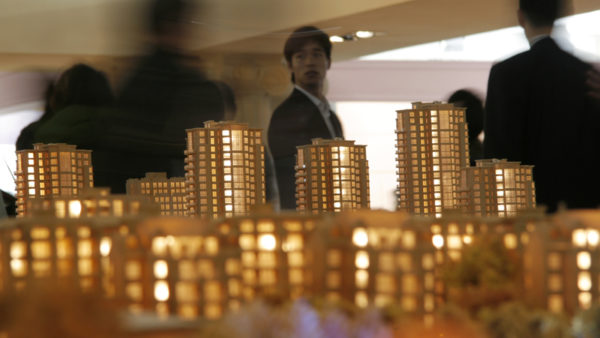

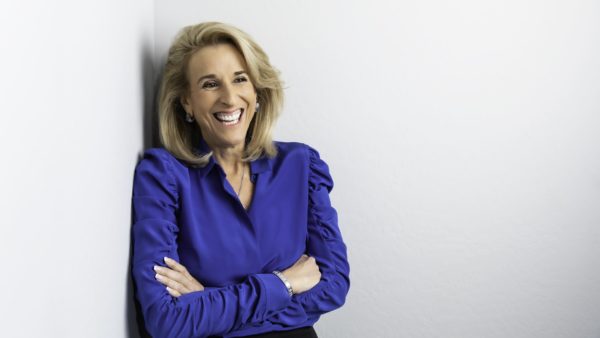
Well deserved Porie, and thank you Rod for putting together such a thorough article. Climate change has to be our highest priority, and Porie it is right to commend your achievements.
Congratulations 👏